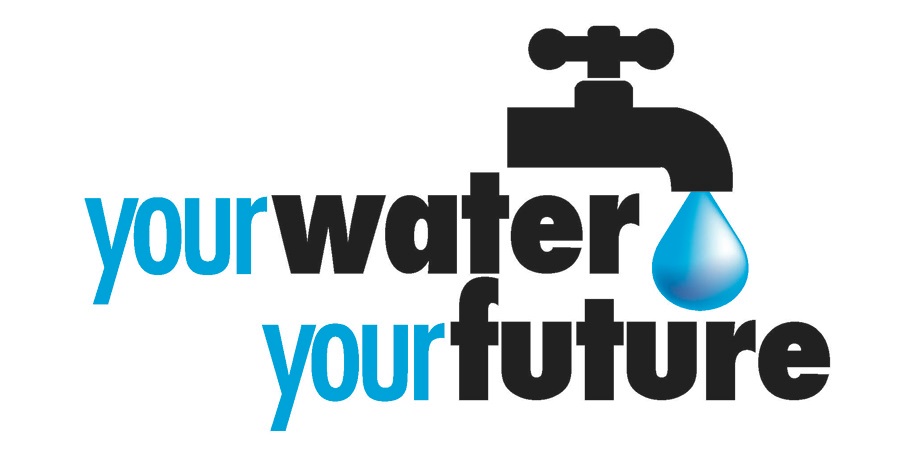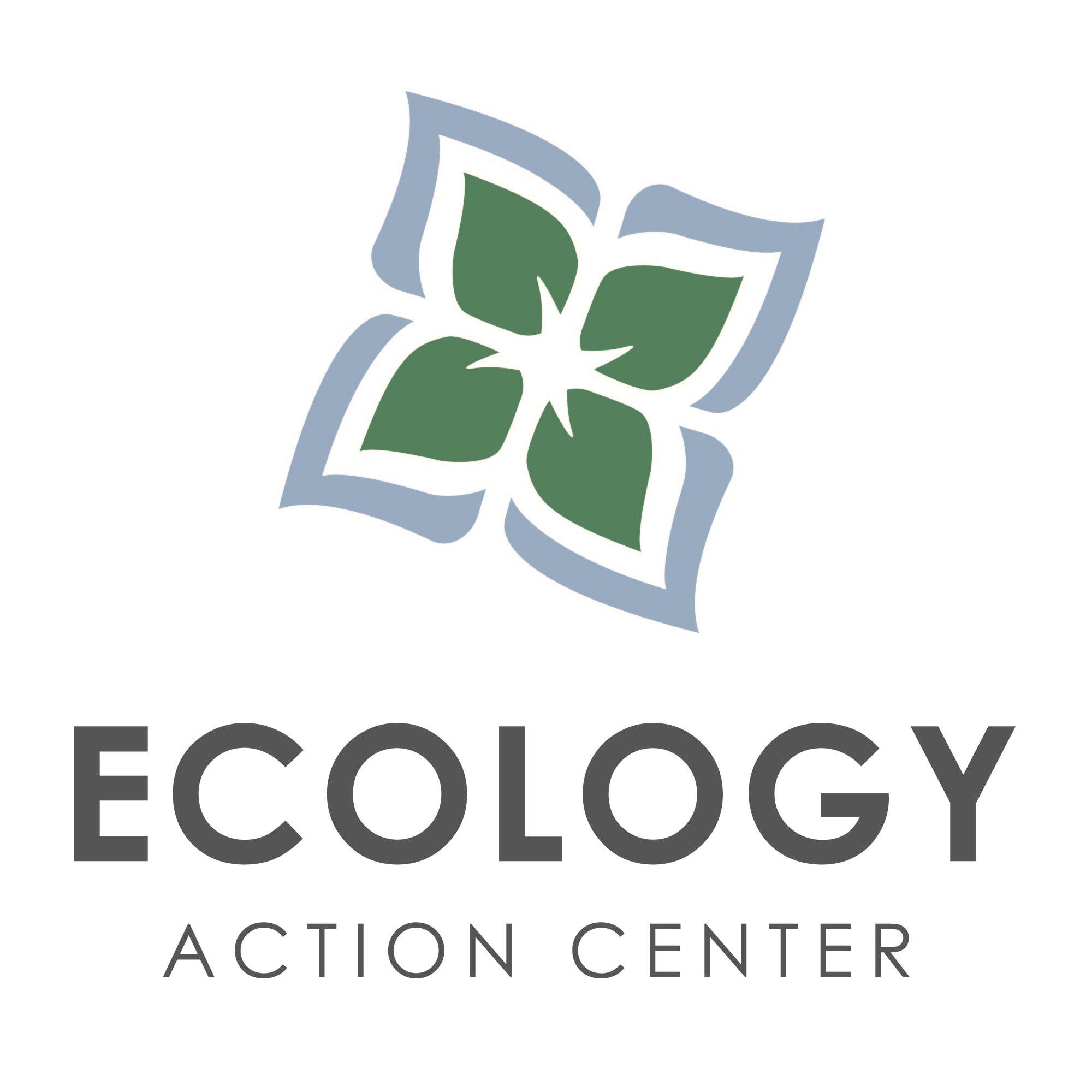FOR IMMEDIATE RELEASE
Contact: Joan Brehm, (309) 438-7177
 BLOOMINGTON, Ill. – Residents who live around the Lake Bloomington and Evergreen Lake watersheds are pleased with the quality of water, but remain less aware of the impact residential growth has on water sources, according to the Your Water, Your Future survey, released today. Organized and implemented by McLean County Soil and Water Conservation District, Illinois State University, and the City of Bloomington, the survey was funded, in part, by the State of Illinois’ Office of the Governor and the Illinois Environmental Protection Agency through Section 319 of the Clean Water Act.
BLOOMINGTON, Ill. – Residents who live around the Lake Bloomington and Evergreen Lake watersheds are pleased with the quality of water, but remain less aware of the impact residential growth has on water sources, according to the Your Water, Your Future survey, released today. Organized and implemented by McLean County Soil and Water Conservation District, Illinois State University, and the City of Bloomington, the survey was funded, in part, by the State of Illinois’ Office of the Governor and the Illinois Environmental Protection Agency through Section 319 of the Clean Water Act.
The survey, completed by 550 households in Bloomington, north Normal, Towanda, Hudson, and Lake Bloomington, took place over the summer of 2015. Residents assessed the quality of water for different uses on a scale from 1 (poor) to 3 (good). With an overall mean of 2.53, activities ranged from the highest assessment for boating (2.64) to the lowest for swimming (2.28).
“The numbers show that people are pleased with the overall water quality and consider these watersheds a valuable resource worthy of protecting,” said Illinois State’s Professor of Sociology Joan Brehm, who oversaw implementation of the survey and gathering results. Brehm and her students have conducted similar social assessments of water quality in other areas of the state.
The survey could serve as the basis of planning for the future of water use in the area. Brehm pointed out a majority of residents surveyed see the need to develop an additional water source beyond Lake Bloomington and Evergreen Lake in the next 10 years. “Though respondents were split between favoring a new reservoir, or digging a well,” she said.
Before any long-term planning is considered, the Your Water, Your Future team will focus on outreach and education in terms of local water pollution. “When asked what they believed caused the most pollution to local water sources, those surveyed overwhelmingly said nitrogen and phosphorus—chemicals associated with agriculture,” said Brehm. While farmland runoff historically was a major source of pollution, Brehm noted changes in farming practices have reduced their impact, while growing urban development has increased the impact from residential homeowners. “A growing piece of the puzzle is the chemicals used in residential lawn care, but people are not always making the connection between their lawns and pollution.”
The groups involved in Your Water, Your Future will begin education efforts to encourage residents to employ “best practices” for lawn care. “That can include such things as using phosphorous-free fertilizers, rain barrels, or rain gardens,” said Brehm, who added though many people are aware of more sustainable lawn practices, not many in the survey use them. “Respondents were most familiar with rain barrels, which had a mean score of 2.46, yet only 10 percent of those taking the survey said they owned rain barrels. That is a disconnect we need to address.”
More than 58 percent of the households chosen for the random sample responded to the survey. “That is an unheard of number for a response, so that tells us this topic is important to the residents,” said Brehm, who noted most survey organizers hope for a 20 percent response.
